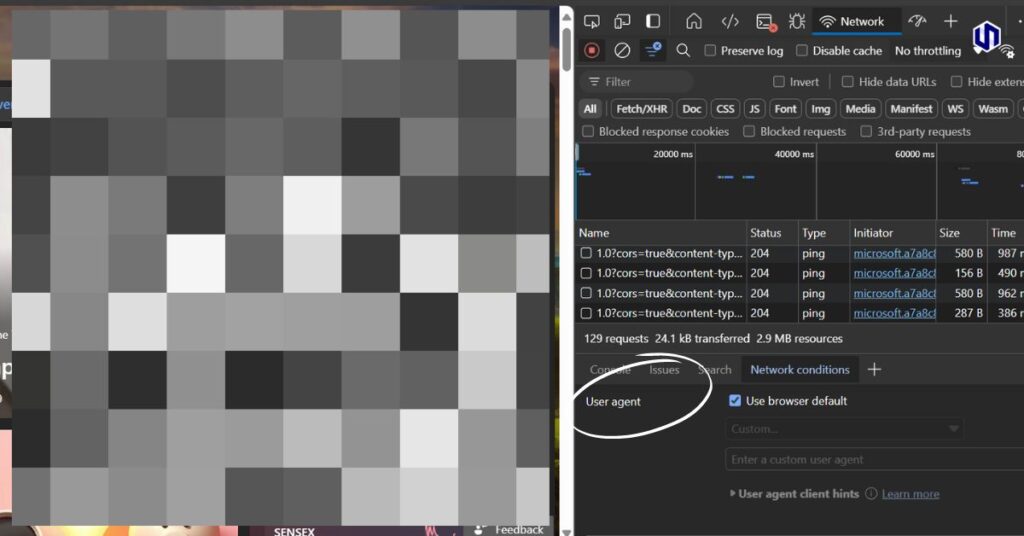
Where Do Keywords Go in a Website?
Understanding where to place these keywords can significantly impact your website’s visibility and ranking on search engine results pages (SERPs). This comprehensive guide will walk you through the essential areas on your website where keywords should be strategically placed for maximum SEO benefit.




